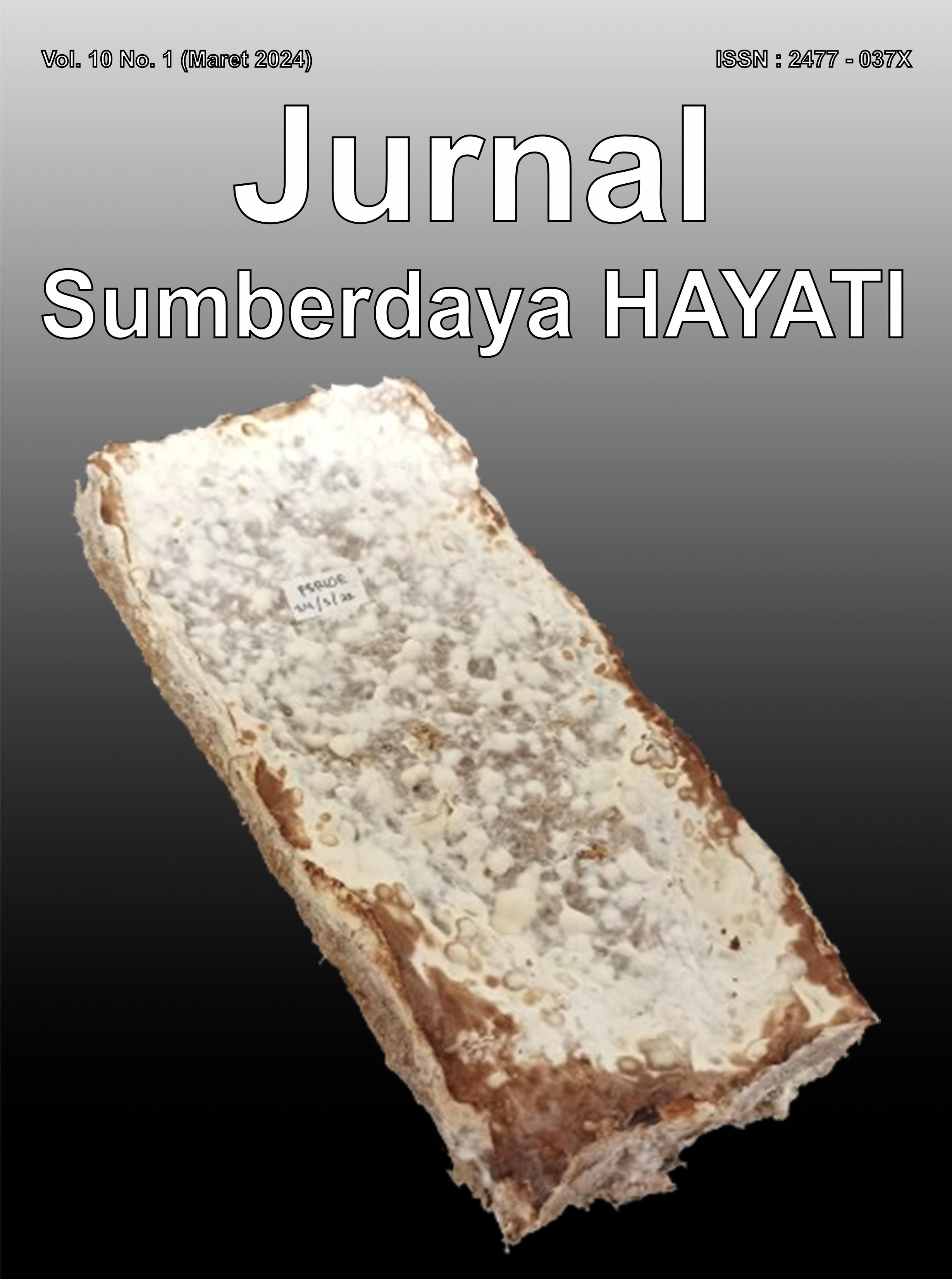The Potential of Mycofoam as a Biocomposite Material with Various Substrate and Mushroom Compositions
Abstract
Mycofoam is a biocomposite composed of mycelial filaments that bind to the host substrate, which can replace polystyrene. This research aims to determine the most appropriate formulation of the growing medium and mushroom to be used in mycofoam products based on some parameters. Composition is one of the main factors for selecting the most appropriate mycofoam to replace polystyrene. On the other hand, the quality of mycofoam can be assessed through its strength and water resistance. The mushroom mycelium used in this study came from Pleurotus ostreatus and Lentinula edodes. Besides, the growing medium formulation comprises five different compositions, each containing different proportions of sawdust and bagasse. This research was composed of preparation of growing medium, spawn inoculation, molding, heating, testing, and data analysis. Based on the results, the combination of 100 percent sawdust and L. edodes was the most appropriate choice compared to other formulations based on strength and appearance. The results of the water absorption test showed that all mycofoam formulations were not resistant to water, bio-based coating can be used to overcome this problem.
Downloads
Copyright (c) 2024 Revelo Eved Christos, Anastasia Hartanti, Dionysius Subali

This work is licensed under a Creative Commons Attribution 4.0 International License.
Authors who submit and publish with this journal agree to the following terms:
1. Authors retain copyright and grant the journal/publisher non exclusive publishing rights with the work simultaneously licensed under a Creative Commons Attribution 4.0 International License.
![]()









_1.png)



